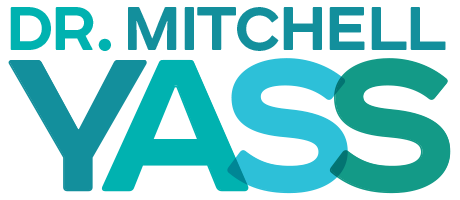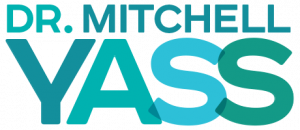I have treated many patients who had pain between the shoulder blades and were diagnosed with either a cervical herniated disc, stenosis or pinched nerve. This led to treatment at the cervical spine including epidural nerve blocks, pain medication and worst of all many had surgery to the cervical spine which did nothing to resolve the pain between the shoulder blades.
The harsh reality is there was never any chance that pain between the shoulder blades could be resolved by treating structures relating to the cervical spine. This is because none of the cervical spine nerve roots innervate the area between the shoulder blades. Let me make this perfectly clear and reiterate the point. None of the cervical spine nerve roots innervate the area between the shoulder blades. The cervical spine nerve roots innervate the area of the neck and then runs down the arms. C4 innervates the shoulder region, C5 innervates the thumb side of the upper arm and forearm and C6 innervates the thumb and so on. This can be seen by looking at a dermatomal chart. Each nerve root that comes out of the spine innervates a certain area of skin. No cervical nerve roots innervate the mid back.
I can’t make this point any clearer. If you are having pain between the shoulder blades and somebody tries to convince you that it is coming from the cervical spine simply say thank you but no thank you.
The reality is that the odds of pain in this area being from nerves is highly unlikely. The thoracic spine nerve roots innervate an area of skin that runs around the entire torso like hoops at every level of the thoracic spine so this would not account for the pain between the shoulder blades.
The best answer is that the pain is coming from strained muscles called interscapular muscles also known as the mid trapezius and rhomboids. These muscles attach from the spine to the inside edges of the shoulder blades. They are responsible for keeping the shoulder blades secured on the rib cage so muscles that attach from the shoulder blade to the arm can move the shoulder.
To confirm that these muscles are the tissue emitting the pain, you can palpate or touch the muscles from their attachments from the spine to the inside edge of the shoulder blades. Press into the muscles and see if the pain you are experiencing is increased in intensity. If so, this is confirmation that these muscles are the cause of your pain. Strengthening these muscles as well as other muscles such as the rotator cuff, posterior deltoid, the lower traps and the triceps will prevent the muscles from straining and emitting pain between the shoulder blades.
To learn how to diagnose the cause of your pain at the shoulder and other joints including the neck and lower back and how to strengthening the appropriate muscles when the cause is found to be muscular, read my new book, “The Pain Cure Rx: The Yass Method Of Diagnosing and Resolving Chronic Pain” available for preorder on Amazon.com


